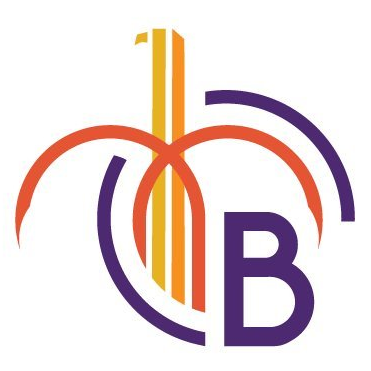
Electronic Health Records (EHRs) are essential to modern-day healthcare. Healthcare providers require powerful EHRs to manage patient information, streamline clinical workflows, and improve patient care. So when an EHR system isn’t doing everything the organization needs, which is the best approach — purchase a new system, or revisit and optimize the current system?
As healthcare organizations evolve, they need to evaluate the efficiency and effectiveness of their EHRs. While some providers opt to seek and purchase a new EHR system, others elect to optimize their current one. Let’s examine the benefits of optimizing your existing EHR and provide practical tips for an optimization strategy.
Advantages of Optimizing Your Current EHR
Cost savings
Optimizing your current EHR can lead to significant cost savings in the long run. Implementing a new EHR system can be expensive, and the process requires a substantial upfront investment and ongoing costs such as licensing fees, maintenance, and upgrades. By contrast, optimizing your current EHR involves identifying areas of inefficiency and working with your vendor to fix them.
Staff Productivity
An optimized EHR system allows your staff to be more productive, spending less time on administrative tasks and more time on patient care. This, in turn, can help increase patient satisfaction and retention. Identifying and addressing inefficiencies in your EHR workflows can streamline processes and reduce time spent on non-clinical tasks.
Customization
Optimizing your current EHR allows you to tailor the system to your organization’s specific needs to improve efficiency, streamline workflows, and ultimately enhance patient care. Work with your vendor or EHR technology consultant to identify and implement needed improvements.
Tips for Optimizing Your EHR
Ensure all useful features are enabled
Many EHR systems have various features that providers can enable to streamline workflows, enhance efficiency, and improve patient care. However, some of these features may not be enabled by default. Some providers choose to implement only essential elements initially but struggle to finish the job. And some features don’t get enabled simply because providers aren’t aware of them. By working with your vendor to identify and enable all valuable options available in the system, you can ensure that your organization gets the most out of its EHR.
Regularly review EHR workflows
EHR workflows can become inefficient over time as staff develops workarounds or new processes are added. Regular reviews of your EHR workflows can help identify areas of inefficiency and streamline operations. Analyze EHR usage data, conduct surveys or focus groups with staff, or work with your vendor or EHR technology consultant to identify areas for improvement.
Invest in staff training
Properly trained staff are critical to the success of any EHR system. By investing in staff training, you can ensure that your team is proficient in using the system, identify areas for much-needed improvement, and make the most of its feature set.
Optimizing your current EHR system might be the logical next step for your organization. Xpio Health works with organizations to implement and optimize EHR systems. Our team of experts can help optimize your systems to improve clinical outcomes and create a faster, more efficient team experience. Contact us at info@xpiohealth.com or visit xpiohealth.com to learn more.




